Cone Study Guide
A cone is a three-dimensional geometric shape that tapers smoothly from a flat, usually circular base to a point called the apex or vertex. Here are some key points to remember about cones:
- Base: The base of a cone is a circular flat surface.
- Vertex: The vertex is the point at the top of the cone where the sides meet.
- Height: The height of a cone is the perpendicular distance from the base to the vertex.
- Slant Height: The slant height is the distance from the vertex to any point on the edge of the base, measured along the curved surface.
- Surface Area: The surface area of a cone can be calculated using the formula: SA = πr(r + l), where r is the radius of the base and l is the slant height.
- Volume: The volume of a cone can be calculated using the formula: V = (1/3)πr2h, where r is the radius of the base and h is the height.
Now that you have a basic understanding of cones, it's important to practice using the formulas to solve problems. Here are some practice questions for you:
- Calculate the surface area of a cone with a radius of 5 cm and a slant height of 8 cm.
- Find the volume of a cone with a radius of 4 in and a height of 10 in.
- If the slant height of a cone is 12 m and the radius of the base is 6 m, what is the surface area?
Remember to always include the units in your answers and round to the appropriate decimal places!
[Cone] Related Worksheets and Study Guides:
.◂Math Worksheets and Study Guides Fourth Grade. Tables and Graphs
Study Guide Tables and Graphs
Tables and Graphs  Activity Lesson
Activity Lesson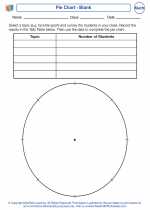 Pie Chart - Blank
Pie Chart - Blank  Activity Lesson
Activity Lesson Classroom Chaos
Classroom Chaos  Activity Lesson
Activity Lesson Mary`s Many Movements
Mary`s Many Movements  Worksheet/Answer key
Worksheet/Answer key Tables and Graphs
Tables and Graphs  Worksheet/Answer key
Worksheet/Answer key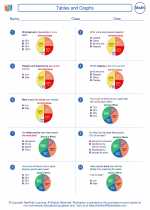 Tables and Graphs
Tables and Graphs  Worksheet/Answer key
Worksheet/Answer key Tables and Graphs
Tables and Graphs  Worksheet/Answer key
Worksheet/Answer key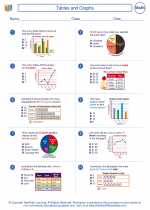 Tables and Graphs
Tables and Graphs  Worksheet/Answer key
Worksheet/Answer key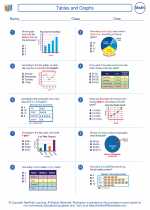 Tables and Graphs
Tables and Graphs  Worksheet/Answer key
Worksheet/Answer key Tables and Graphs
Tables and Graphs  Worksheet/Answer key
Worksheet/Answer key Student Pictograph
Student Pictograph  Worksheet/Answer key
Worksheet/Answer key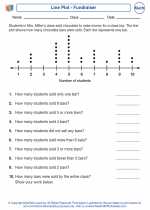 Line Plot - Fundraiser
Line Plot - Fundraiser  Worksheet/Answer key
Worksheet/Answer key Pie Chart - After-School Activities
Pie Chart - After-School Activities 

 Activity Lesson
Activity Lesson
 Activity Lesson
Activity Lesson
 Activity Lesson
Activity Lesson
 Worksheet/Answer key
Worksheet/Answer key
 Worksheet/Answer key
Worksheet/Answer key
 Worksheet/Answer key
Worksheet/Answer key
 Worksheet/Answer key
Worksheet/Answer key
 Worksheet/Answer key
Worksheet/Answer key
 Worksheet/Answer key
Worksheet/Answer key
 Worksheet/Answer key
Worksheet/Answer key
 Worksheet/Answer key
Worksheet/Answer key
 Worksheet/Answer key
Worksheet/Answer key

The resources above cover the following skills:
DATA ANALYSIS
Interpret data displayed in a circle graph.